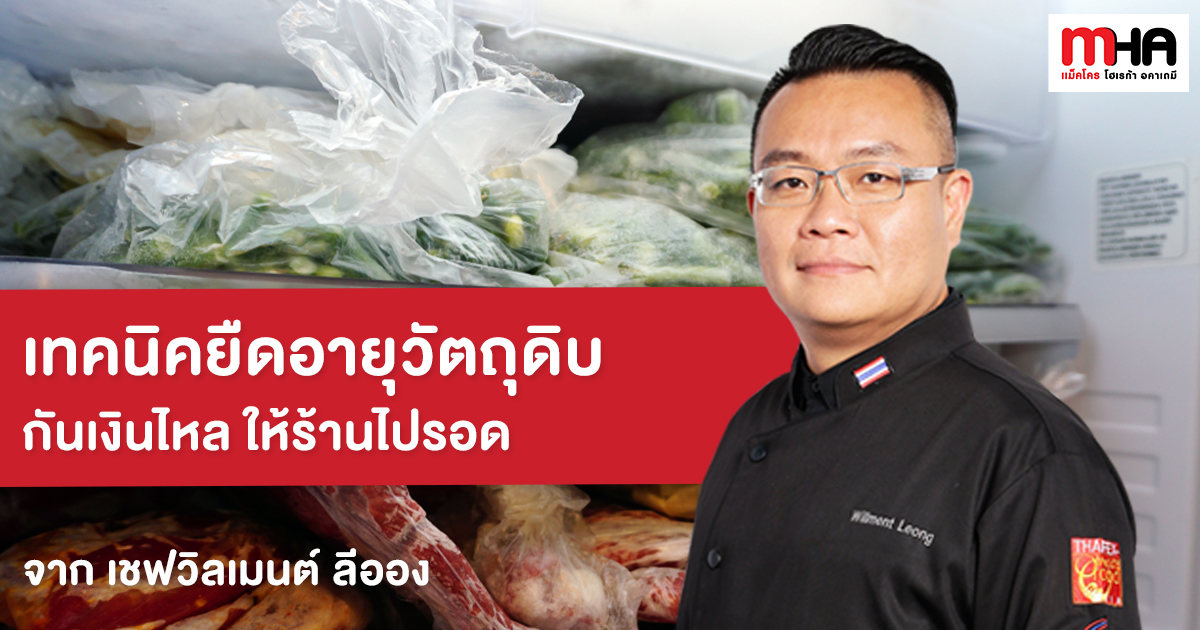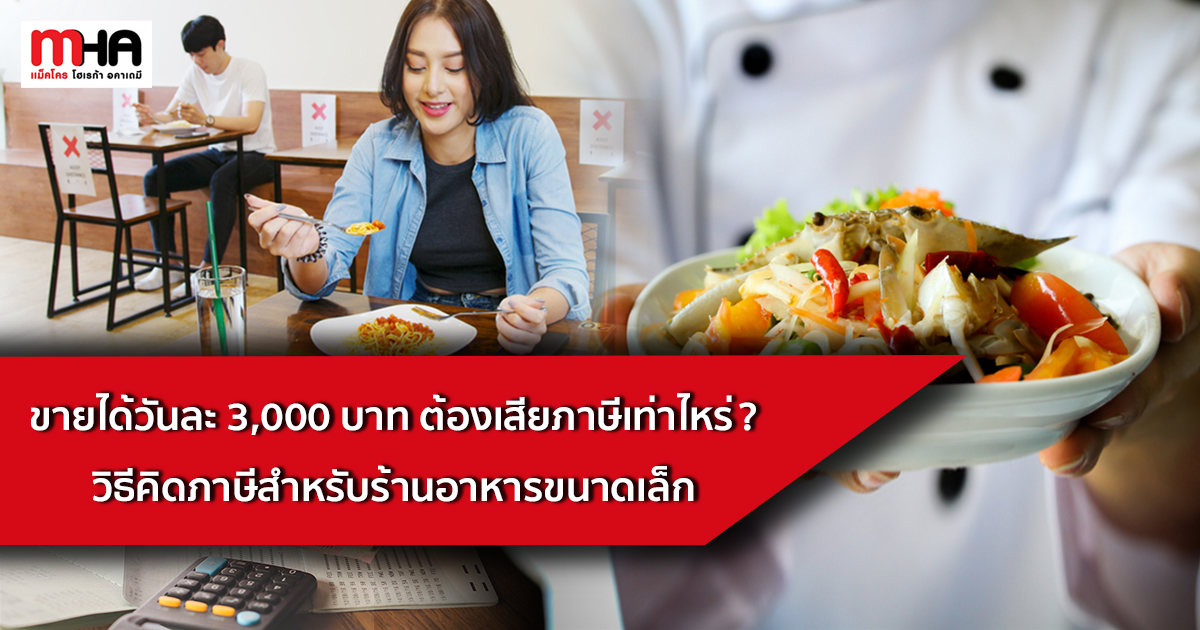Techniques for Extending Ingredient Shelf Life and Preventing Money from Leaking, So Your Restaurant Can Survive from Chef Willment Leong
Since restaurants are giving greater focus to delivery channels to boost storefront sales or, in the case of ghost kitchens, delivery might be the only sales channel, some days mark good sales and others don’t. What do you do with the leftover ingredients? Chef Willment Leong is here to tell you the techniques and tips for storing ingredients from the day you buy them in order to extend their shelf life and maintain freshness much longer and also so the food doesn’t turn to waste. These are methods for saving a lot on ingredient costs and emphasizing delivery methods that maintain food quality and cleanliness in compliance with food safety principles to build consumer confidence with every dish.
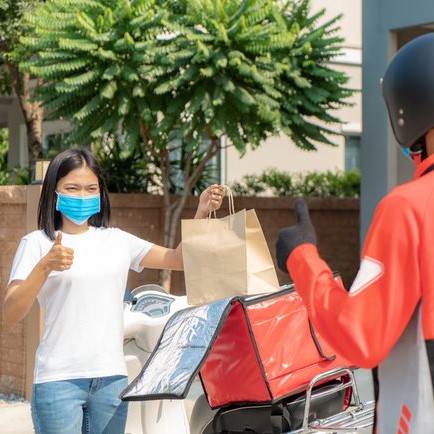
Techniques for How to Create Delivery Menu Items for Survival: Chef Willment Leong Edition
- Find ingredients available in markets. Buy ingredients that are easy to find and never out of stock. Then use them to create new menu items. You have to adapt your business model to survive.
- Turn ingredients and things you already have into menu items that are suitable for delivery. If your restaurant used to offer 40-50 menu items, reduce the menu to just 10-20 items.
- Consider the temperature of the food delivered to customers’ houses. Before, you used to serve the food up right after cooking. Within 5 minutes, the food has already been eaten. However, the game has changed. Customers have to wait at least 30 minutes to an hour. Therefore, food production has to change, so customers can eat it and have no health problems.
- Don’t keep a large stock. Make the food day-to-day to prevent bacteria. Thailand’s weather is hot. Ingredients like pork sent at the wrong temperature can have bacteria. The first thing you have to check when there’s a delivery is whether the pork is cold, because heat can cause it to have bacteria. In addition, it’s not enough that the pork is still cold. You have to put it on ice as soon as possible.
- Maintain the temperature to meet food safety standards. After you’re done cutting the meat, cook it or cool it as soon as possible. The temperature has to be lower than 5 degrees Celsius or more than 60 degrees Celsius. Therefore, the 50 degrees in between are very dangerous. You have to try to let the ingredients stay in these temperatures for as short a time as possible. This will slow the growth of bacteria. You can fridge the food until a customer places an order and then heat it up again.
- Cold Delivery – When you pack the food into boxes, everything has to be cold. Noodles have to be made very cold and you should have the customers heat them in a microwave. This allows the food to be kept in a fridge for up to 2 days. As for Coal Bistro & Bar (Chef Willment’s restaurant), all the menu items are cooked in advance and cooled in the fridge as soon as possible. When an order comes in, the food is re-heated. The heating process needs to use a temperature of at least 90 degrees Celsius. This will maintain the flavor while preventing disease.
Techniques for Storing Freezable Meat
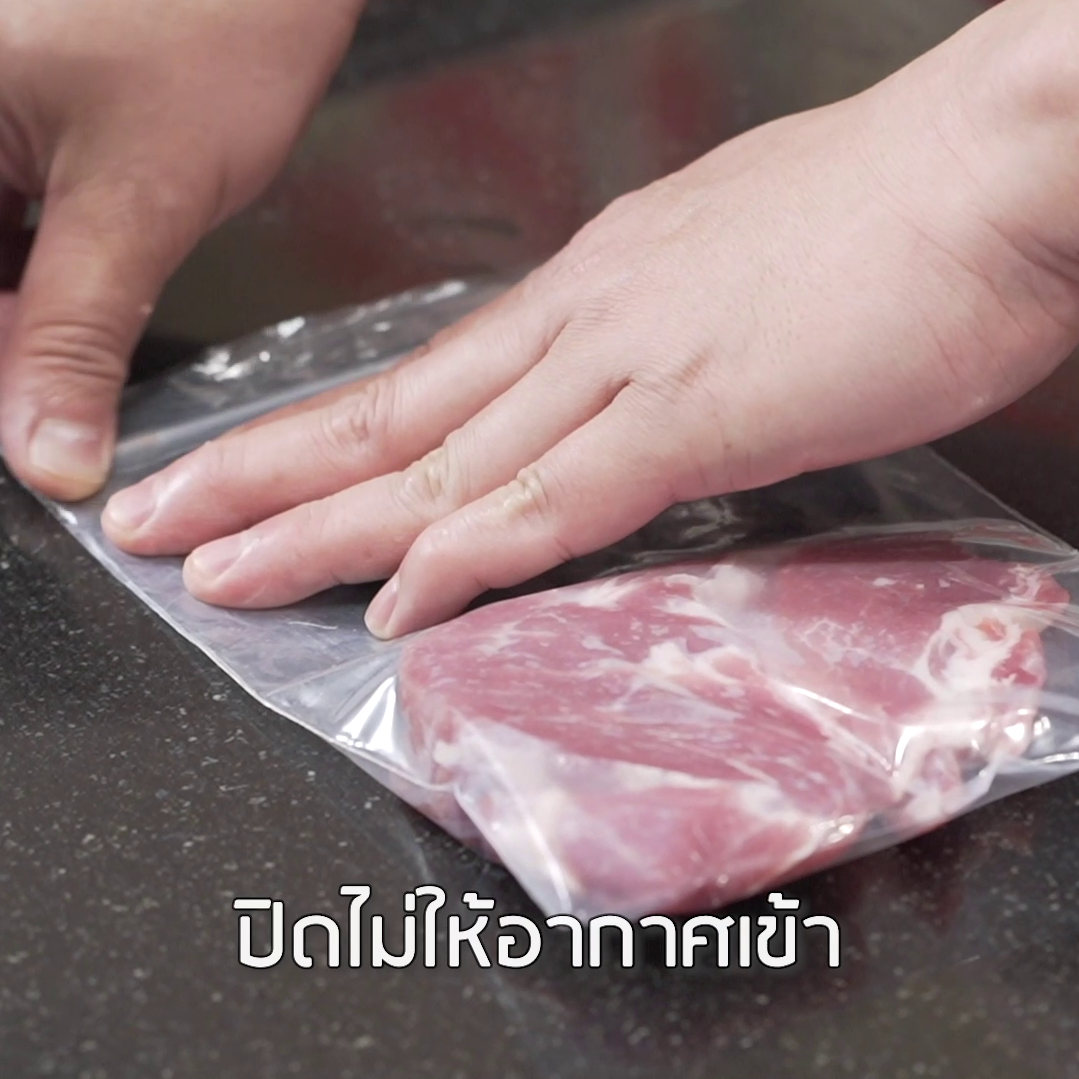
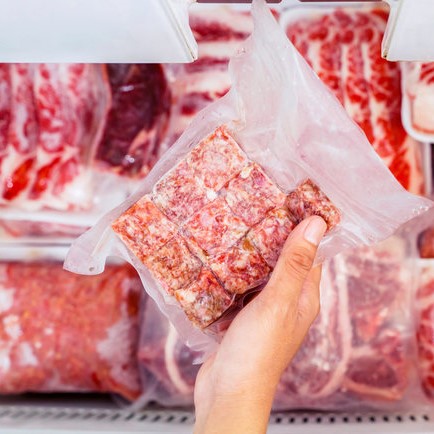
- Separate the meat into packs. Each pack should contain 1 portion, such as poultry, red meat, etc.
- Store the meat at a temperature under 5 degrees Celsius.
- When there’s an order, you can grab it and thaw it out easily by using a microwave in about one minute. After it’s thawed, you have to cook it as soon as possible. For example, if there are five shrimps in a portion, pack a bag of them and put it in the freezer. You can keep it like this for a month without any bacteria.
Techniques for Storing Vegetables
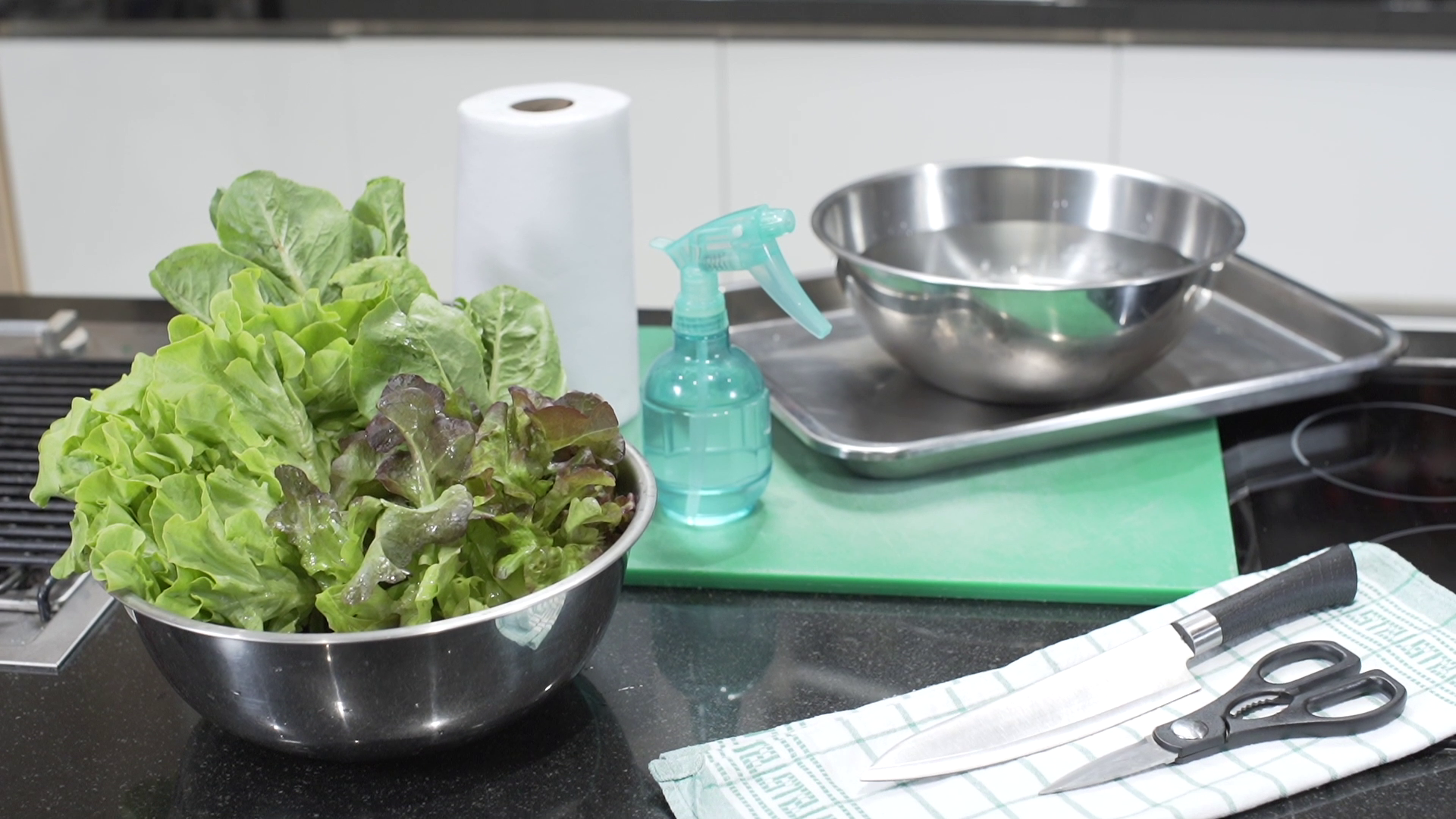
- Store the vegetables at 10-18 degrees Celsius because they’ll wither and spoil if it’s too cold. You can store them in a regular refrigerator.
- You have to clean them thoroughly. You could use a vegetable was. Some formulas include baking soda for removing bacteria. Or, you could wash them with just water, although you should wash them with cold water at least three times. The first time to wash away the dirt. The second time to remove anything undesirable. Then, was them a third time and then drain them.
- Packing Methods – Wrap the vegetables with wet tissue paper, pack them in a plastic bag and fridge them. The paper will be moist which will keep the vegetables from withering too quickly. This will help you store it longer.
Separate the Stock Refrigerator and the Sales Refrigerator
- The first part is for operations. One section is for storing things. For example, keep enough ingredients for 100 orders per day. This part of the fridge should contain only 100 sets. Another part is for stocking ingredients. This way, you don’t have to open the fridge door too often, so they will have a longer shelf life than usual.
- If you’re using a regular fridge and the temperature can’t reach 5 degrees Celsius, buy or make your own ice and pack the meat in the ice in the fridge like this. This will help you lower the temperature several degrees and give you 2-3 days easily.
Only this much content might not be enough for restaurateurs. We recommend our full “Professional Food Storage Techniques” course with Chef Willment Leong. The course will teach you the right methods for storing each ingredient and maintaining ingredient freshness and quality, so customers will always get good quality food, whether it’s fish, shrimp, poultry or red meat ingredient storage. The course also includes storing methods for herbs, salad greens and mushrooms. These are important information that restaurateurs need to know! Sign up and learn for free here.

After learning about ingredient storage techniques, Macro Horeca Academy would like to recommend some restaurant system management methods. Other than wasting money, it also has an impact on global warming and the food waste crisis which is a global problem. The Food Waste Program is keeping restaurant and hotel operators up to date so they can improve and strengthen their businesses and survive in the current situation.
For the full upcoming two months, from September to October 2020, prepare to meet a lot of interesting online content that will give you all the information about food waste and ways to manage and reduce food waste.
In addition to the Food Waste Workshop which is a super special workshop that any operator and interested party can participate in at no charge.
- The event will be held on 11 October 2020.
- At the MCC at the Tara Phatthanakan Building at the Makro Head Office, Phatthanakan Road.
- Lead by a team of experts from Makro Horeca Academy.
They are joined by guest lecturers who are operators and have successfully adapted the Zero Food Waste Management principles for their own businesses such as Mr. Thanaphan Wongchinsi from Penguin Eat Shabu with Chef Daniel Bucher and the world’s first five-star hotel to be certified by The Pledge, an independent organization that sets standards in order to fight the world’s food waste problem.
We can assure you that this workshop is full of knowledge and will give you some perspective that will greatly benefit your restaurant and hotel business!
You can find more details at Facebook: Makro HoReCa Academy.
Stay up to date with articles that entrepreneurs shouldn’t miss out on!
